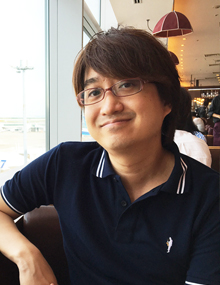
A multicellular organism is orchestrated by cell growth, death, differentiation, and communication at the single-cell level. To understand various crucial biological phenomena, we should massively perturb and measure transcriptomes and epigenomes at the single-cell level.
Our group will develop novel methods of comprehensive analysis and perturbation of transcriptome and epigenome at the single-cell level, in particular, by applying massively parallel DNA sequencing, genome editing, microfluidics, and machine learning. We focus on the development of methods for quantifying and controlling cell function, fate, and cell-cell communication at the single-cell level.
We have already reported novel single-cell RNA-sequencing methods, such as Quartz-Seq and RamDA-seq, which are highly reproducible and sensitive methods of quantifying single-cell transcriptome. Our unit will not only develop new techniques but also collaborate with life scientists within and outside of RIKEN using our new sequencing technologies.
With these techniques, our unit seeks to promote social well-being by contributing to insights into how humans can achieve health and longevity.
We are located at the RIKEN Center for Computing and Communication near Tokyo and RIKEN Center for Developmental Biology in Kobe.

A:…
A:…
A:…
A:…
A:…
A:…
A:…
A:…
itoshi.nikaido[at]riken.jp